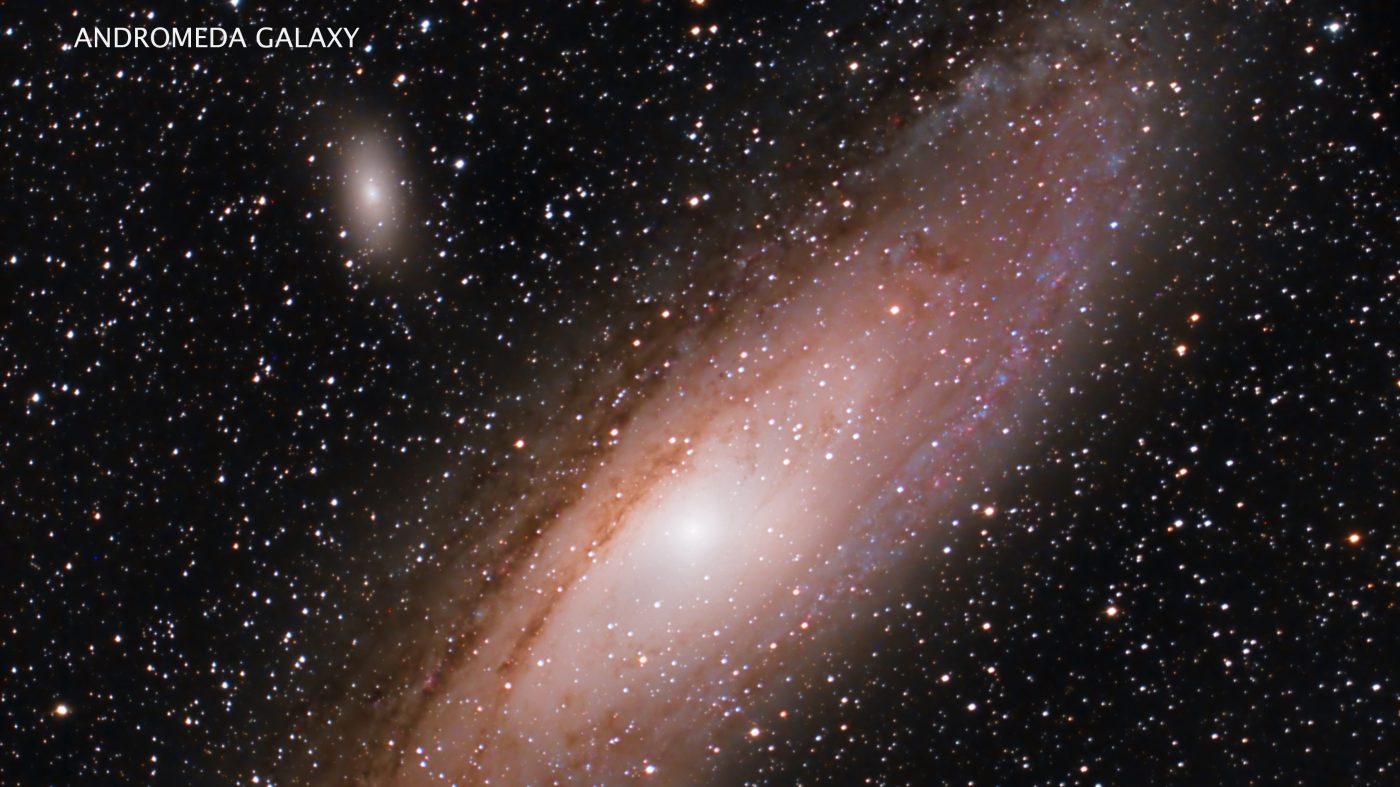
Skywatch: Summer stars hanging in there with Saturn on the rise
This month, summer officially ends, but plenty of summer constellations are still playing on stage in our nightly celestial theater. As a bonus, sunsets are earlier, so your stargazing time is expanding! The autumnal equinox this year is on Sept. 22 at 12:44 Universal time. That’s when the sun shines directly over the Earth’s equator. Days and nights are nearly equal in length.
We have two evening planets available all this month. The bright cloud-covered planet Venus has now officially become an “evening star,” appearing briefly in the low southwest sky after evening twilight before it sets. On Sept. 4, 5 and 6, the new crescent moon will be hanging around the planet named after the Roman goddess of love.
(Mike Lynch)
The best early-evening planet available this month, though, is Saturn. On Sept. 7, Saturn reaches what’s known as opposition when Saturn and Earth are at their minimum distance from each other this year, around 805 million miles. Believe it or not, that’s considered close for Saturn. To the naked eye, Saturn will appear as a moderately bright star barely above the east horizon after evening twilight. It’s easy to spot since it’ll be the brightest star-like object in that part of the sky. As tempting as it is to train your telescope on Saturn early in the evening, you’re better off waiting until at least 10 or 11 p.m. to let it get higher in the sky. You’ll get a much clearer view. When a planet or any other telescope target is close to the horizon, the thicker layer of Earth’s atmosphere has a significant blurring effect.
I hesitate to bring this up, but maybe, just maybe, we’ll get to see a comet with the naked eye the last few early mornings of September. It’s Comet Tsuchinshan-ATLAS, which was discovered early last year. No one really knows for sure how bright it’ll be. It may even disintegrate by then as it gets closer to the sun. If it all works out, the comet will appear just above the east-southeastern horizon in the morning twilight, about 45 minutes before sunrise. Keep up with your Sky Guide app for all the latest on Tsuchinshan-ATLAS.
Summer constellations still dominate much of the sky. The asterism known as the summer triangle is nearly overhead in the early evening. It comprises the three brightest stars you can see near the zenith. It’s a great tool to help you navigate that part of the sky because the three stars — Vega, Altair, and Deneb — are all the brightest stars in their respective constellations, Lyra the Harp, Aquila the Eagle, and Cygnus the Swan, otherwise known as the Northern Cross. From those three constellations, you can branch out with your eyes to find other surroundings, fainter constellations like the delightful Delphinus the Dolphin, and several others.
In the low south-southwest sky are the classic constellations Scorpius the Scorpion and Sagittarius the Archer. Scorpius actually looks like a scorpion. Sagittarius is also known as the “Little Teapot” because that’s what it really resembles.
If you’re stargazing in the dark countryside, you’ll see a milky band of ghostly light that bisects the sky, running in an arc from the low southern sky up to the zenith and then down to the northern horizon. That’s the Milky Way band, made up of the combined light of the billions and billions of stars that make up the plane, or the thickest part, of our own Milky Way Galaxy. The center of our home galaxy is in the direction of the spout of the Sagittarius teapot. If it weren’t for opaque interstellar gas and dust, that part of the Milky Way band would be much brighter. If you want to treat yourself, lie back in a reclining lawn chair with binoculars and slowly pan the entire Milky Way band from horizon to horizon. You’ll love it!
The Big Dipper is hanging by its handle in the northwest sky, outlining the derrière and tail of the constellation Ursa Major, the Great Bear. The fainter Little Dipper, also known as Ursa Minor, is standing on its handle, and at the end of the handle is Polaris, a moderately bright star also known as the North Star.
In the northeast, look just below the bright W that outlines Cassiopeia the Queen, and you’ll see the first of the autumn constellations, Pegasus the Winged Horse. Just look for the “Great Square,” or the diamond of four brighter stars rising in the east that outline the torso of the flying horse. Andromeda and Aries are also on the rise in the early evening.
Enjoy the longer nights of September stargazing! They’re magical!
Mike Lynch is an amateur astronomer and retired broadcast meteorologist for WCCO Radio in Minneapolis/St. Paul. He is the author of “Stars: a Month by Month Tour of the Constellations,” published by Adventure Publications and available at bookstores and adventurepublications.net. Mike is available for private star parties. You can contact him at mikewlynch@comcast.net.
